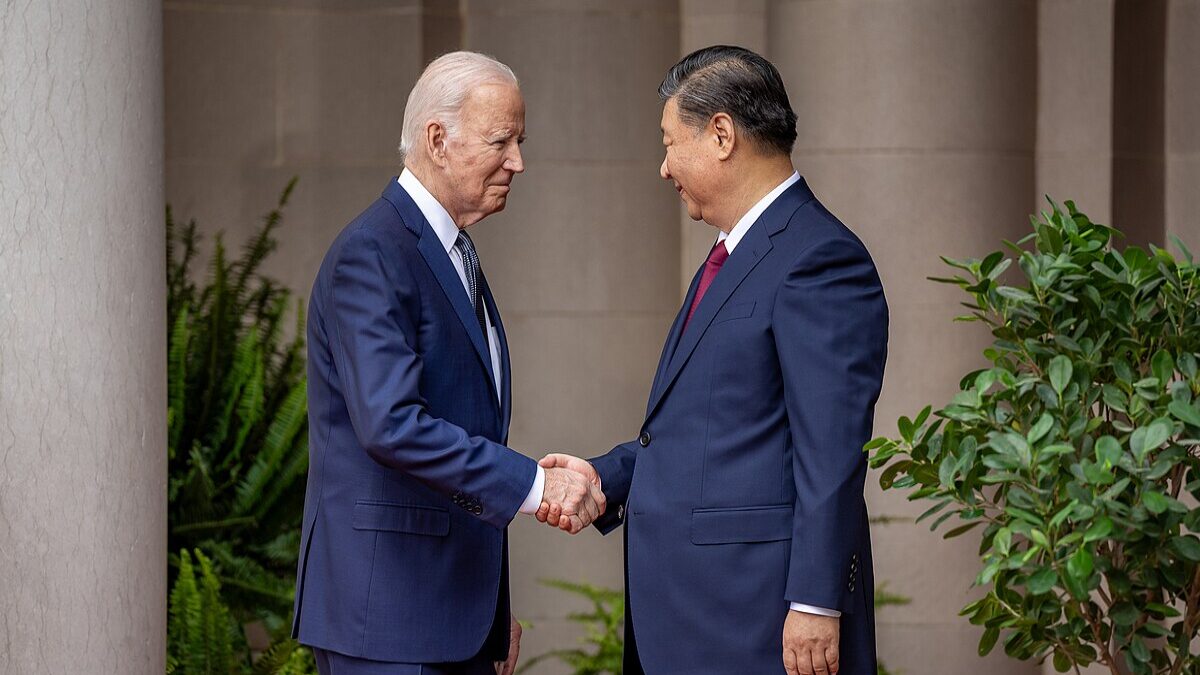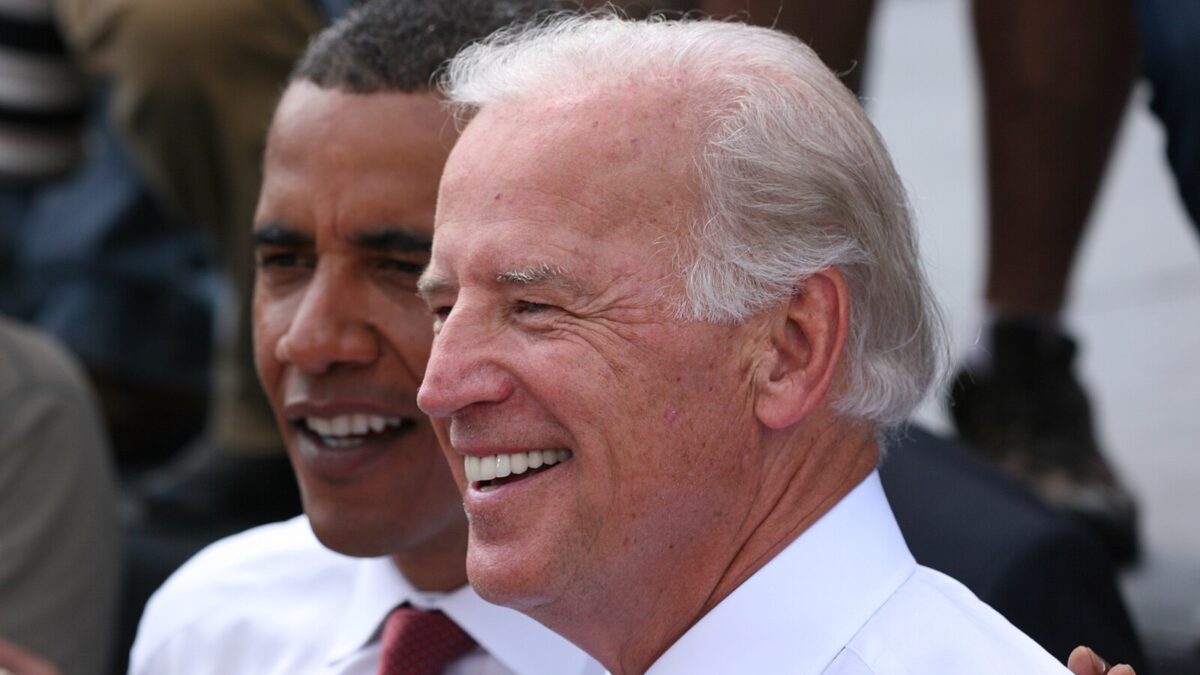The New York Times on Wednesday published an op-ed by Tom Stevenson arguing what some of us have been arguing for a while now: the Biden administration is openly — and recklessly — pursuing a policy of escalation in Ukraine that represents a new and very dangerous phase in the war.
Stevenson, a journalist who reported from Ukraine in the opening weeks of the war, argues that initially the United States and its North Atlantic Treaty Organization (NATO) allies responded to Russia’s invasion of Ukraine rather straightforwardly, with supplies of arms to the Ukrainians and economic sanctions on Russia. But things have changed over the past month.
Now, instead of simply helping Ukraine stave off invasion and conquest, U.S. policy seems to have shifted into something else entirely: the permanent weakening of Russia at any cost. Defense Secretary Lloyd Austin said so explicitly after a clandestine visit to Ukraine with Secretary of State Anthony Blinken last month. After her own recent visit to Kyiv, Democratic House Speaker Nancy Pelosi characterized the war as a global struggle for democracy.
To back up these outlandish claims, the Biden administration has now proposed a $40 billion military aid package to Ukraine, quadruple what the United States has thus far given Ukraine since the outbreak of the war in late February. On top of that, it appears the U.S. military may be providing real-time battlefield targeting intelligence to the Ukrainians, arguably making the United States an active belligerent in the conflict.
All of this amounts to a major policy shift on the part of the United States, writes Stevenson: “Whereas once the primary Western objective was to defend against the invasion, it has become the permanent strategic attrition of Russia.” This shift, he adds, has “coincided with the abandonment of diplomatic efforts.”
So what possible strategic gain does bleeding Russia in Ukraine hold for the United States? The risks of pursuing such a policy are immense, including the possibility of nuclear war between the world’s top two nuclear powers. If the Biden administration has some overarching goal in mind, it has not bothered to tell the American people. Instead, we are trundling along the road to war as if every decision we make is simply a reaction to Russian aggression.
But in fact, the war itself has shifted dramatically since late February, and conditions now are arguably more favorable to a cease-fire and a negotiated political settlement than they were even a month ago. Having failed in its initial push on Kyiv in the northern part of the country amid fierce resistance from the Ukrainians, Russia has shifted its strategy, limiting its forces to the south and east of Ukraine in hopes of consolidating control of a much more limited territory.
But instead of recognizing this for the concession that it is and seizing the chance to persuade both sides to stop fighting and make a deal, the United States has responded by publicly calling for the weakening of Russia and committing an enormous amount of taxpayer dollars to arming Ukraine in what might otherwise be turning into a much more limited conflict in the eastern part of that country.
A cynic might conclude that the Biden administration doesn’t really want the fighting to stop and will gladly keep funding a proxy war with Russia, even as it denies that it is doing so. A cynic might also argue that U.S. policy in Ukraine now has very little to do with Ukraine and everything to do with Moscow, possibly even encompassing the dangerous fantasy of regime change in the Kremlin.
That is certainly the view of Sen. Lindsey Graham, R-S.C., who claimed this week that “we can win this war on behalf of Ukraine.” (Recall that Graham called for the assassination of Russian President Vladimir Putin back in March.)
Indeed, Biden and the Democrats have largely been joined in their strategic folly by most Republicans. Only 57 GOP members of the House voted against the $40 billion aid package to Ukraine this week.
As things stand now, it’s not unreasonable to suppose a bipartisan consensus is emerging in Washington to expand the war and get the United States directly involved in it under the pretext that the battle for Donbas is, as Pelosi ludicrously claimed, “the frontier of freedom.” To quote Stevenson, “This is not just declamatory extravagance. It is reckless. The risks hardly need to be stated.”









